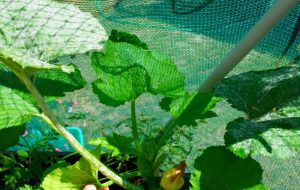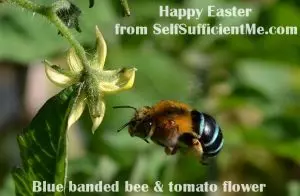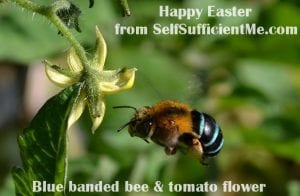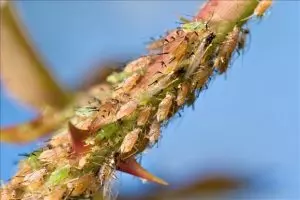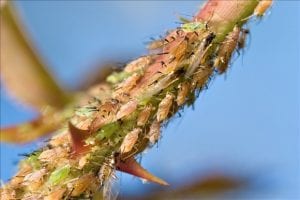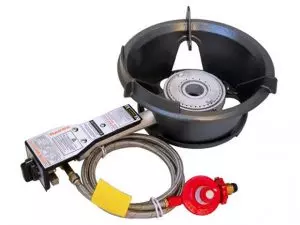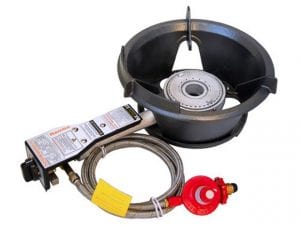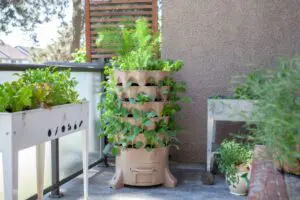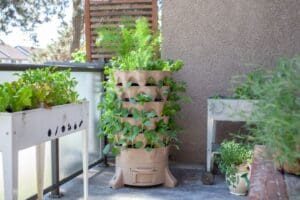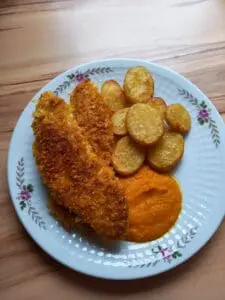While you might only be able to grow vegetables on a miniature scale, it is always worth doing.
You might have a balcony or small courtyard, but as long as you have enough space for a few pots, you’ll definitely be able to grow some food. Essentially, no garden is too small. Your little garden might be a starting or learning point for a larger garden in future. It might be a retirement hobby, or as much as you can manage; whatever your situation might be, gardening has more than financial benefits.
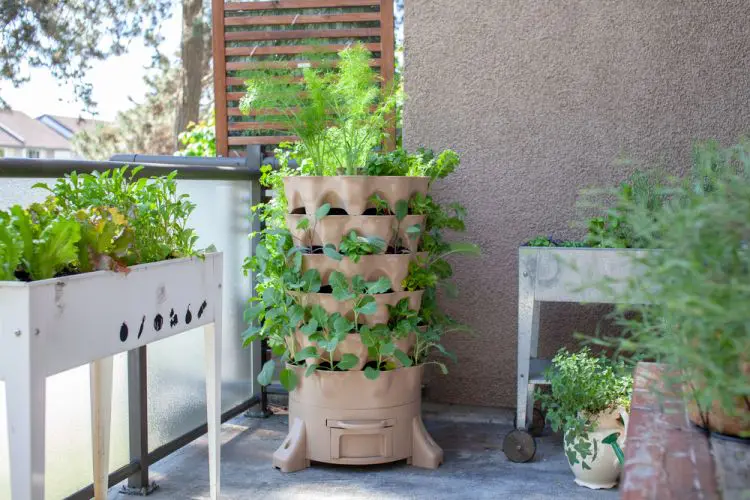
The benefits of gardening are both multiple and nuanced. Specifically, increased serotonin & dopamine levels are strongly associated with gardening, which naturally leads to greater emotional and physical wellbeing. As it provides gentle to moderate exercise while combining access to nature and sunlight, gardening (even on a small scale) may help us cope with the stressors of life.
Planning a Small Container Garden
Growing a balance or a range of foods to grow is always a good idea, irrespective of garden size. If possible, try to plant a mixture of greens, root crops and fruit-bearers. It’s fun to have a few different things to harvest, and planting a variety helps maintains your interest when there’s always something to attend to. Variety also means there’s almost always something to harvest, because plants each grow at different rates and have different lifespans.
In order to maximise production when working within a small space, you’ll need a mix of low- and vertical-growing plants. Set up your infrastructure before you start. Invest in rust-proof trellising, and make sure drainage won’t be a problem.
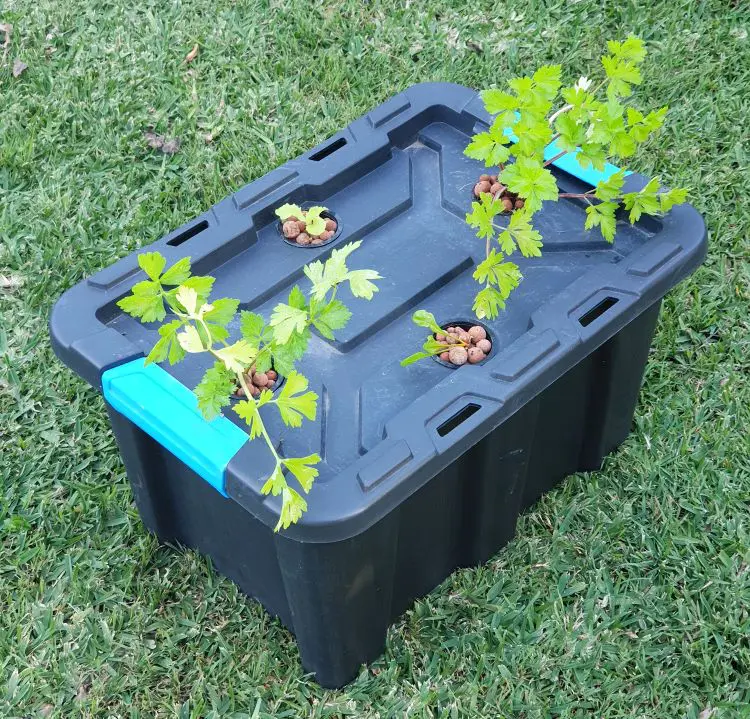
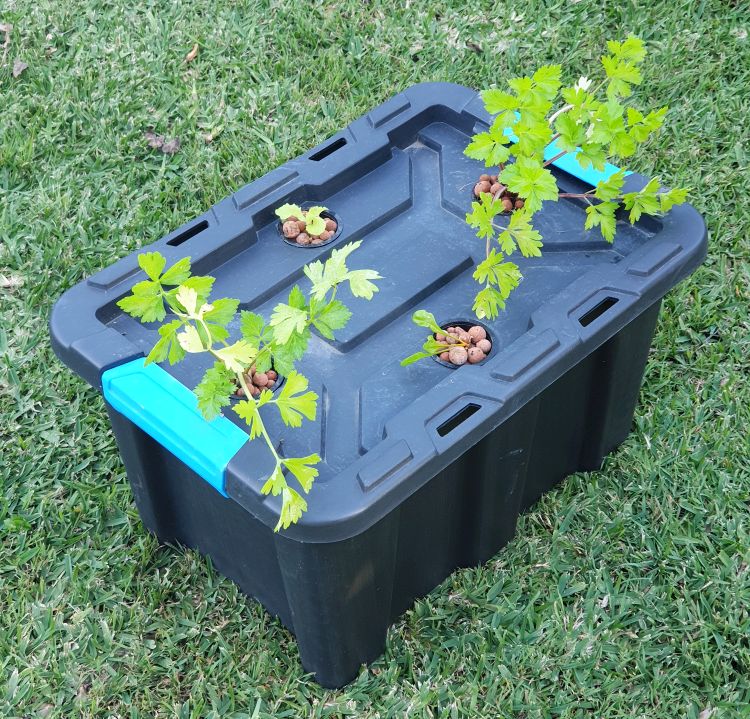
Kratky growing, a type of simple hydroponics, works very well in a compact garden. The boxes (shown above) are easy to set up, and are low maintenance because they don’t need to be watered. Best suited to herbs and leafy greens, kratky boxes hold all the water and nutrition a plant needs. You can read our full guide to kratky growing here.
What Should I Grow?
I recommend that you grow what you love to eat and buy regularly. This way, the feeling of reward is maximised when you harvest, plus you’ll save the most possible money. In addition to annual vegetables, a couple of perennial greens and/or herbs are a clever choice when space is at a premium. They’ll eliminate some of the re-sowing and re-potting, are relatively low-maintenance, and provide a consistent food supply. Remember to keep an eye out for dwarf varieties of your favourites, as they usually are a small plant but with full-sized fruit.
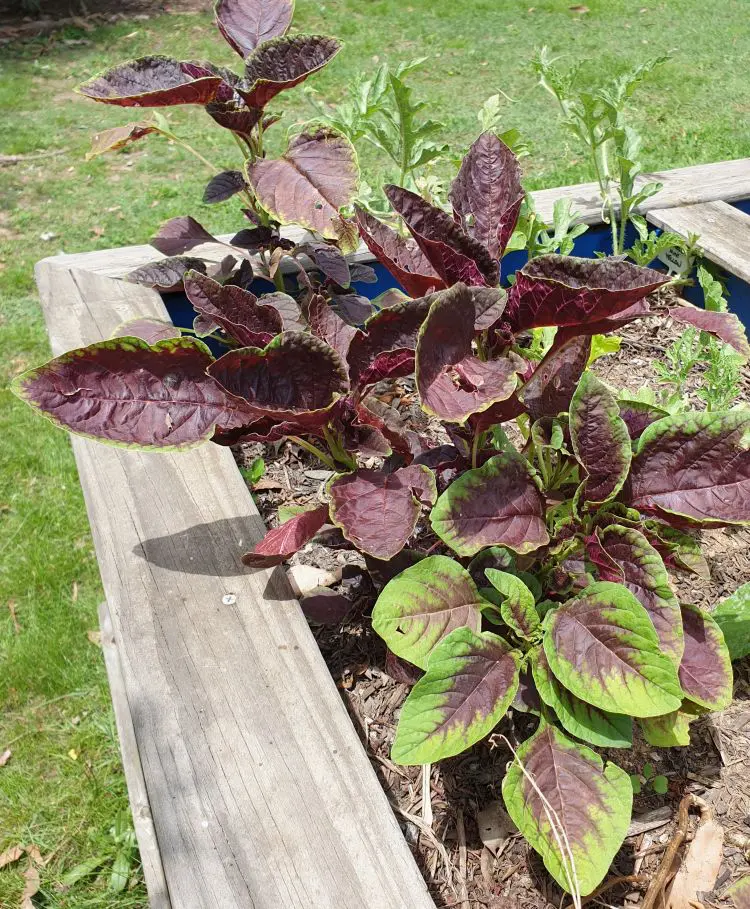

Amaranth Spinach – Easy to grow from seed and germinates quickly. A mild-tasting, cut-and-come-again leafy green that is quick-growing, hardy, pest-resistant and low-maintenance. This annual leafy green self-seeds so readily that once you’ve grown this, you probably won’t need to raise seedlings again. Simply let it go to seed, cover the pot with netting, and it will self-seed and grow new plants in the same pot. Needs hot/humid weather and full sun. Amaranth spinach will grow to 1.5m high if you let it, but it’s easy to cut back and keep small if you need to.
Beetroot – Beetroot is one of the few ‘double banger’ food plants, as both the leaves AND the roots can be eaten. Additionally, it takes up very little space, so provides excellent value in a small or container garden. Beetroot can sometimes be unexpectedly fussy; I find they are highly position-sensitive, so if at first you don’t succeed, try a different position. Also, beetroot *must* have boron in the soil to grow sizeable beets, so add a dose of trace elements if necessary.
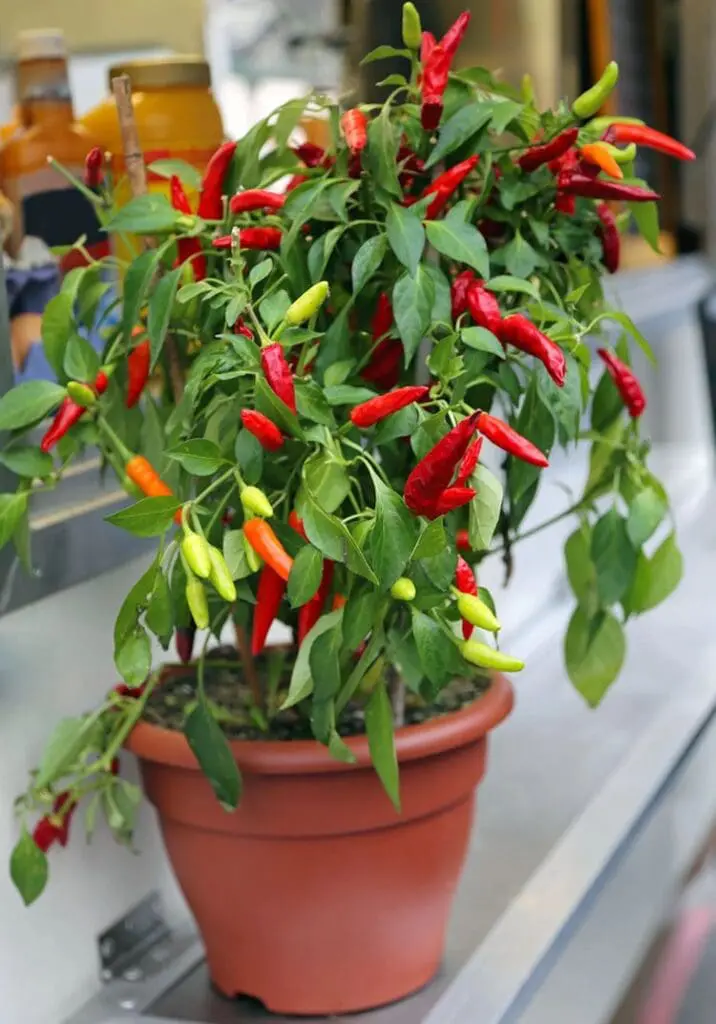
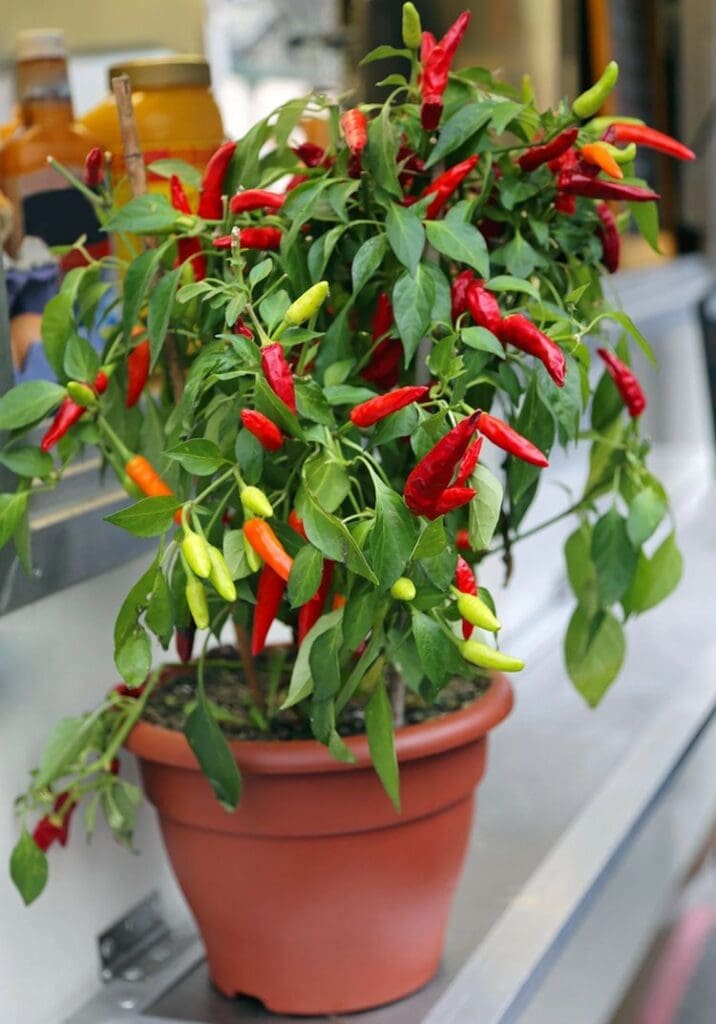
Chillies – Both ornamental and highly productive, chilli plants can be grown year-round in climates with mild winters (like seQLD). Chilli plants are easy to cut back if necessary, can cope with the hottest of summers, and are relatively fuss-free. One plant will be more than enough, and as a short-lived perennial, it’ll live for about 3 years.
They’ll need the warmest possible position in winter and will look a little sad, yet once established they’ll supply you with tons of fruit through summer & even a few in the cooler months.
Potatoes -Potatoes are ideally suited to growing in bags, buckets, or large pots. Their ideal temperature is 20C, so are best grown during winter in warm climates. You can read our full guide to subtropical potato growing here.
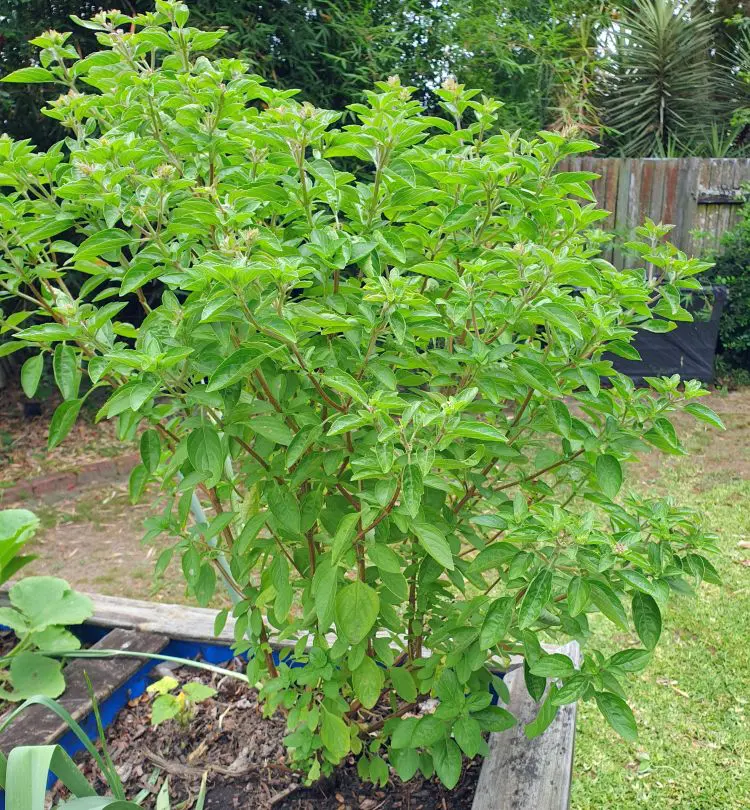
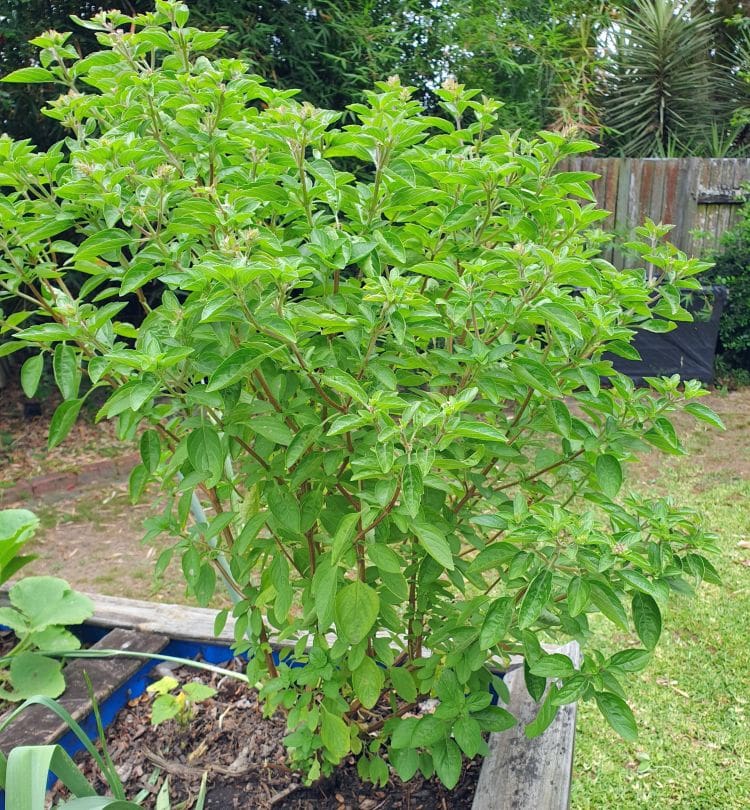
Perennial Basil – Growing perennial basil will save you lots of time and provide fresh leaves year-round. This sizeable shrub needs to be grown from a cutting, does well in a pot, and will thrive in part shade to full sun in the subtropics. While it can grow tall, it’s not invasive and easy to cut back, so is ideal for a container garden.
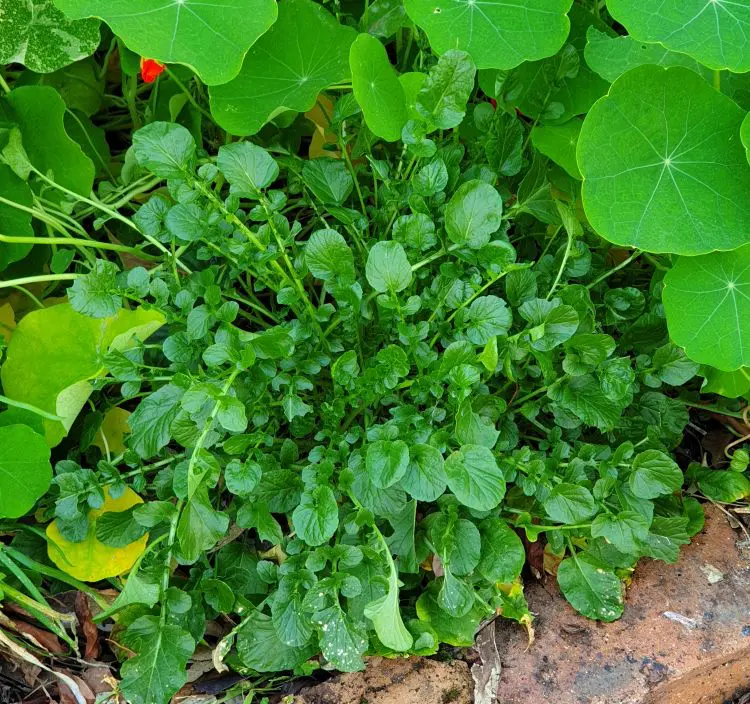
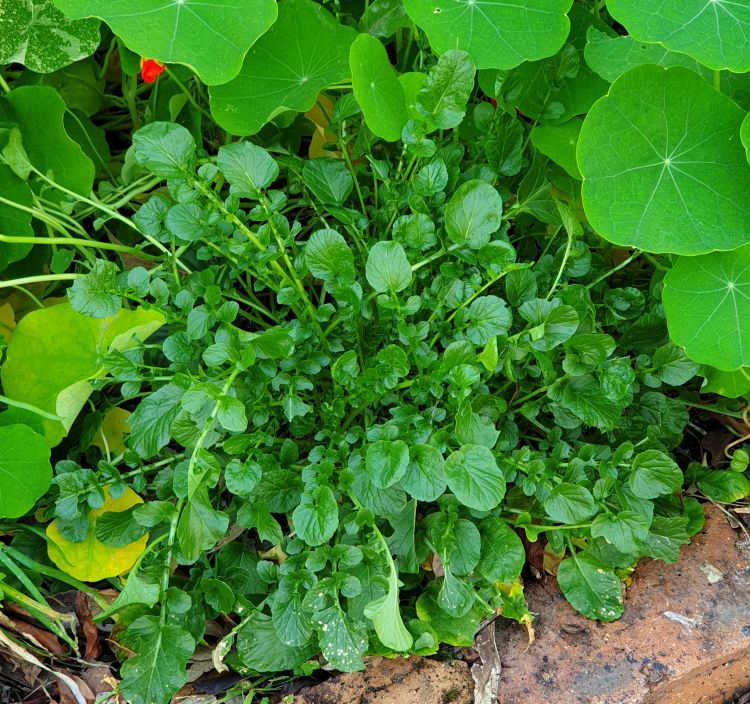
Land Cress – A lesser-known short-lived perennial green, land cress is a peppery salad ingredient that is related to land cress. Said to repel white cabbage butterflies, this quiet achiever has a low growth habit and grows well in the shade. Here are 5 more perennial greens you might like to try.
Dwarf Peas – Dwarf peas give the same size fruit as standard peas, but with a smaller plant. Even if you have a large garden, these are a winner! The variety called Novella has fewer leaves yet produces large peas, and is definitely worth trying. All peas are a cool climate crop, so will only do well in a subtropical winter.
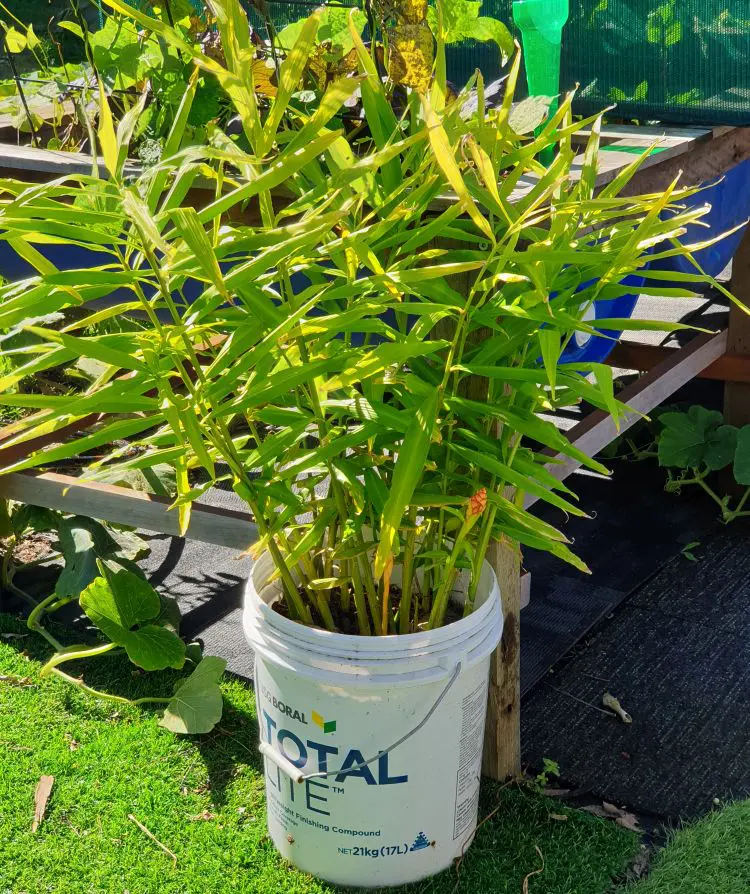
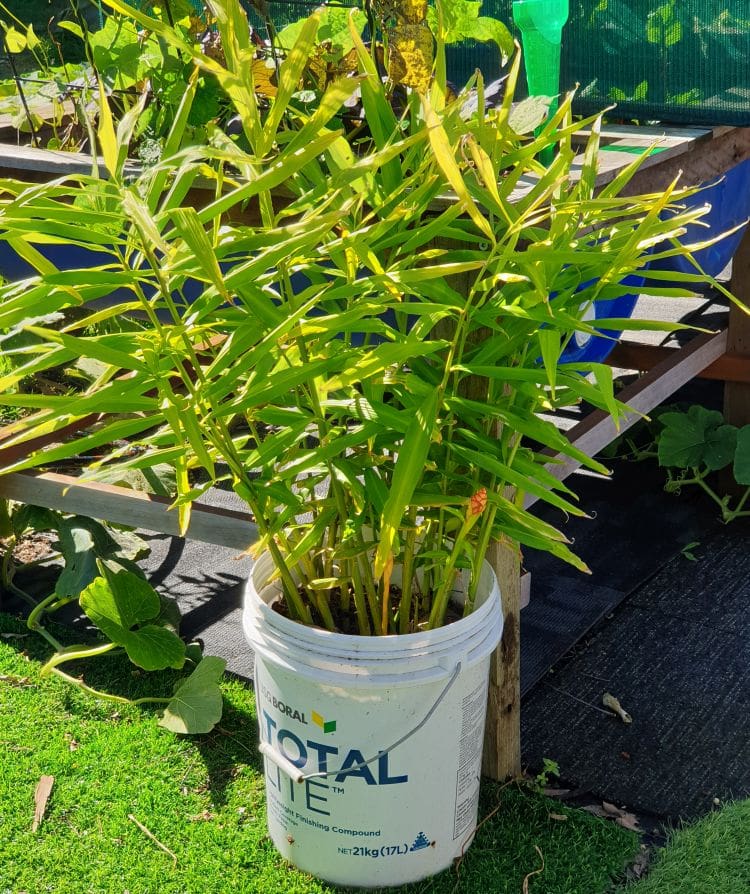
Ginger – Ginger is expensive to buy, yet so easy to grow. Well-suited to growing in pots (or a bucket, as shown above), this high-value crop thrives through summer and stores well. For all the details on growing and cooking with ginger, check out our ginger section here.
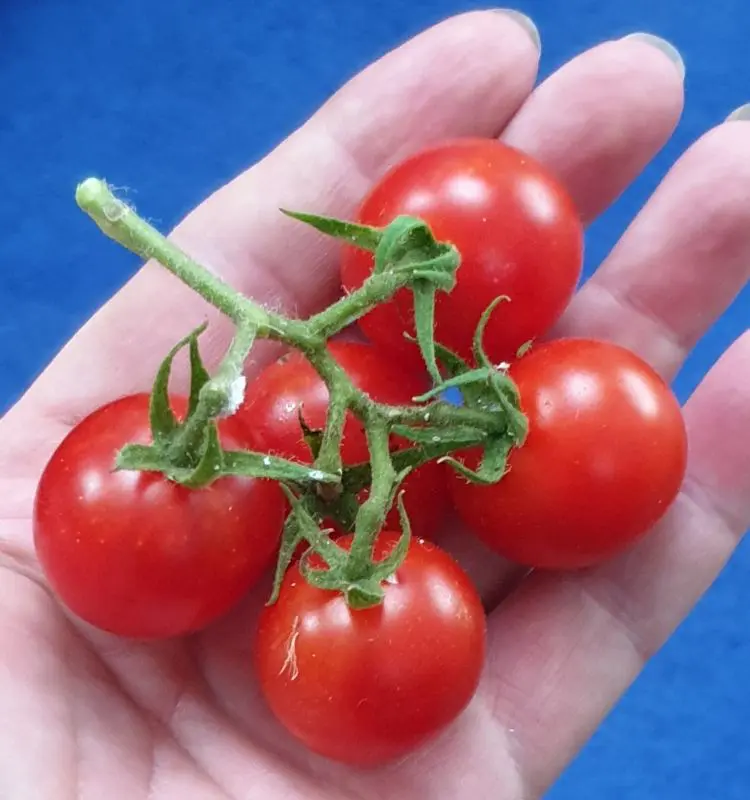
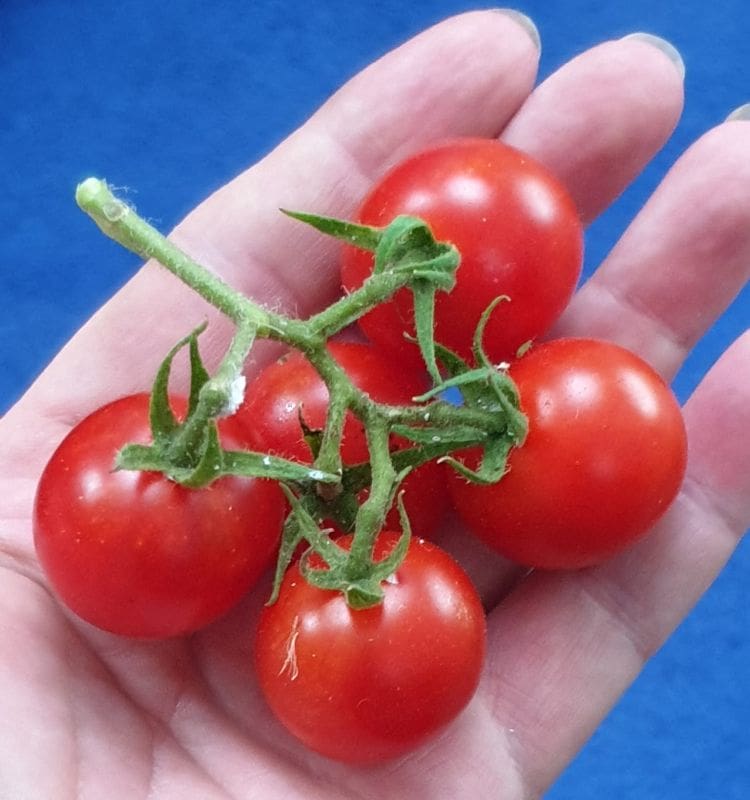
Cherry Tomatoes – Tomatoes are a vegetable garden staple, and none is complete without a strong heirloom tomato that produces prolifically over a long period. One indeterminate plant should suffice. Make sure you have adequate trellising in place to maximise vertical growth & space efficiency.
Lettuce – Cut-and-come-again (open-hearted) lettuces are always a top choice for container growing. They provide constant food, and by sowing them monthly, you can keep the leaves coming throughout the season (in the subtropics, that’s winter). Lettuce will grow in all sorts of containers, including styrofoam boxes, pots, troughs, vertical planters and portable raised beds.


